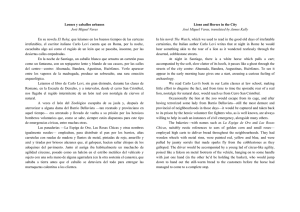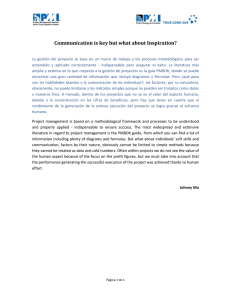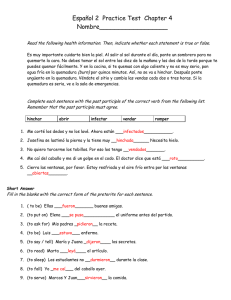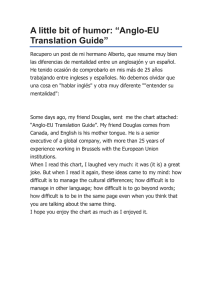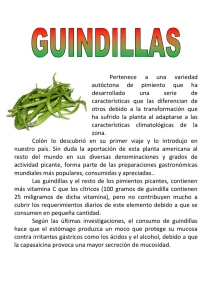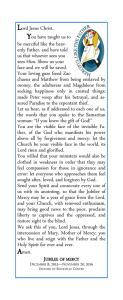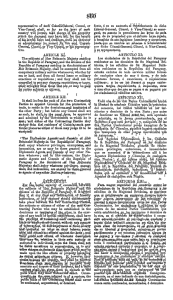¿Quién lo usó por vez primera? Síndrome de West
Anuncio
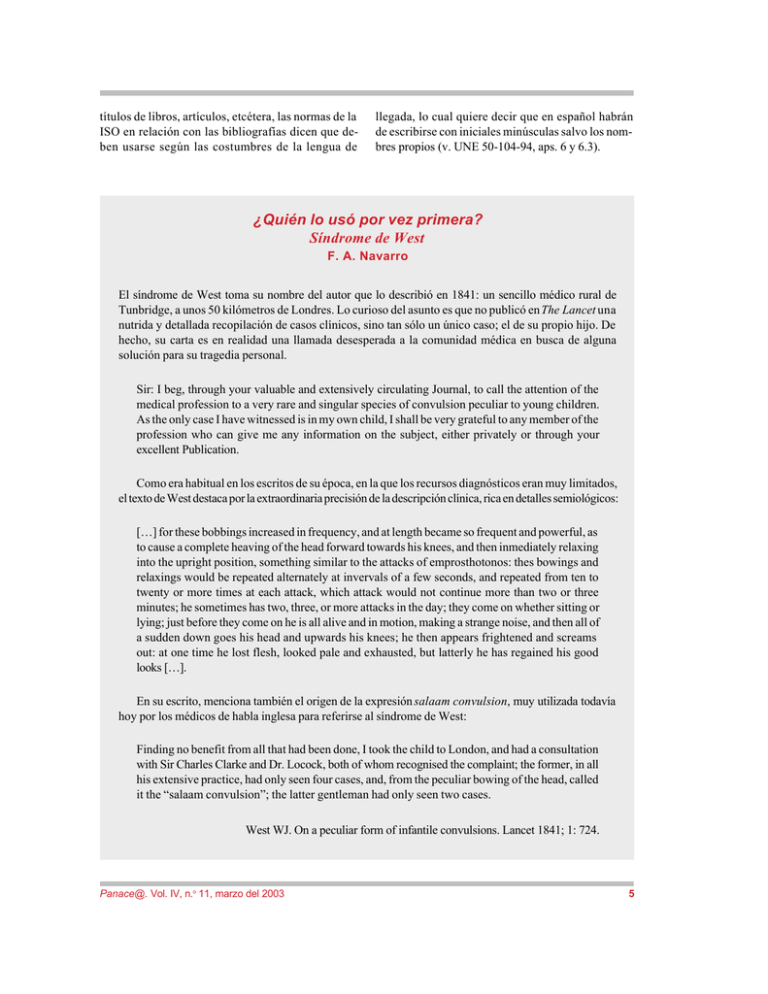
títulos de libros, artículos, etcétera, las normas de la ISO en relación con las bibliografías dicen que deben usarse según las costumbres de la lengua de llegada, lo cual quiere decir que en español habrán de escribirse con iniciales minúsculas salvo los nombres propios (v. UNE 50-104-94, aps. 6 y 6.3). ¿Quién lo usó por vez primera? Síndrome de West F. A. Navarro El síndrome de West toma su nombre del autor que lo describió en 1841: un sencillo médico rural de Tunbridge, a unos 50 kilómetros de Londres. Lo curioso del asunto es que no publicó en The Lancet una nutrida y detallada recopilación de casos clínicos, sino tan sólo un único caso; el de su propio hijo. De hecho, su carta es en realidad una llamada desesperada a la comunidad médica en busca de alguna solución para su tragedia personal. Sir: I beg, through your valuable and extensively circulating Journal, to call the attention of the medical profession to a very rare and singular species of convulsion peculiar to young children. As the only case I have witnessed is in my own child, I shall be very grateful to any member of the profession who can give me any information on the subject, either privately or through your excellent Publication. Como era habitual en los escritos de su época, en la que los recursos diagnósticos eran muy limitados, el texto de West destaca por la extraordinaria precisión de la descripción clínica, rica en detalles semiológicos: […] for these bobbings increased in frequency, and at length became so frequent and powerful, as to cause a complete heaving of the head forward towards his knees, and then inmediately relaxing into the upright position, something similar to the attacks of emprosthotonos: thes bowings and relaxings would be repeated alternately at invervals of a few seconds, and repeated from ten to twenty or more times at each attack, which attack would not continue more than two or three minutes; he sometimes has two, three, or more attacks in the day; they come on whether sitting or lying; just before they come on he is all alive and in motion, making a strange noise, and then all of a sudden down goes his head and upwards his knees; he then appears frightened and screams out: at one time he lost flesh, looked pale and exhausted, but latterly he has regained his good looks […]. En su escrito, menciona también el origen de la expresión salaam convulsion, muy utilizada todavía hoy por los médicos de habla inglesa para referirse al síndrome de West: Finding no benefit from all that had been done, I took the child to London, and had a consultation with Sir Charles Clarke and Dr. Locock, both of whom recognised the complaint; the former, in all his extensive practice, had only seen four cases, and, from the peculiar bowing of the head, called it the “salaam convulsion”; the latter gentleman had only seen two cases. West WJ. On a peculiar form of infantile convulsions. Lancet 1841; 1: 724. Panace@. Vol. IV, n.o 11, marzo del 2003 5

